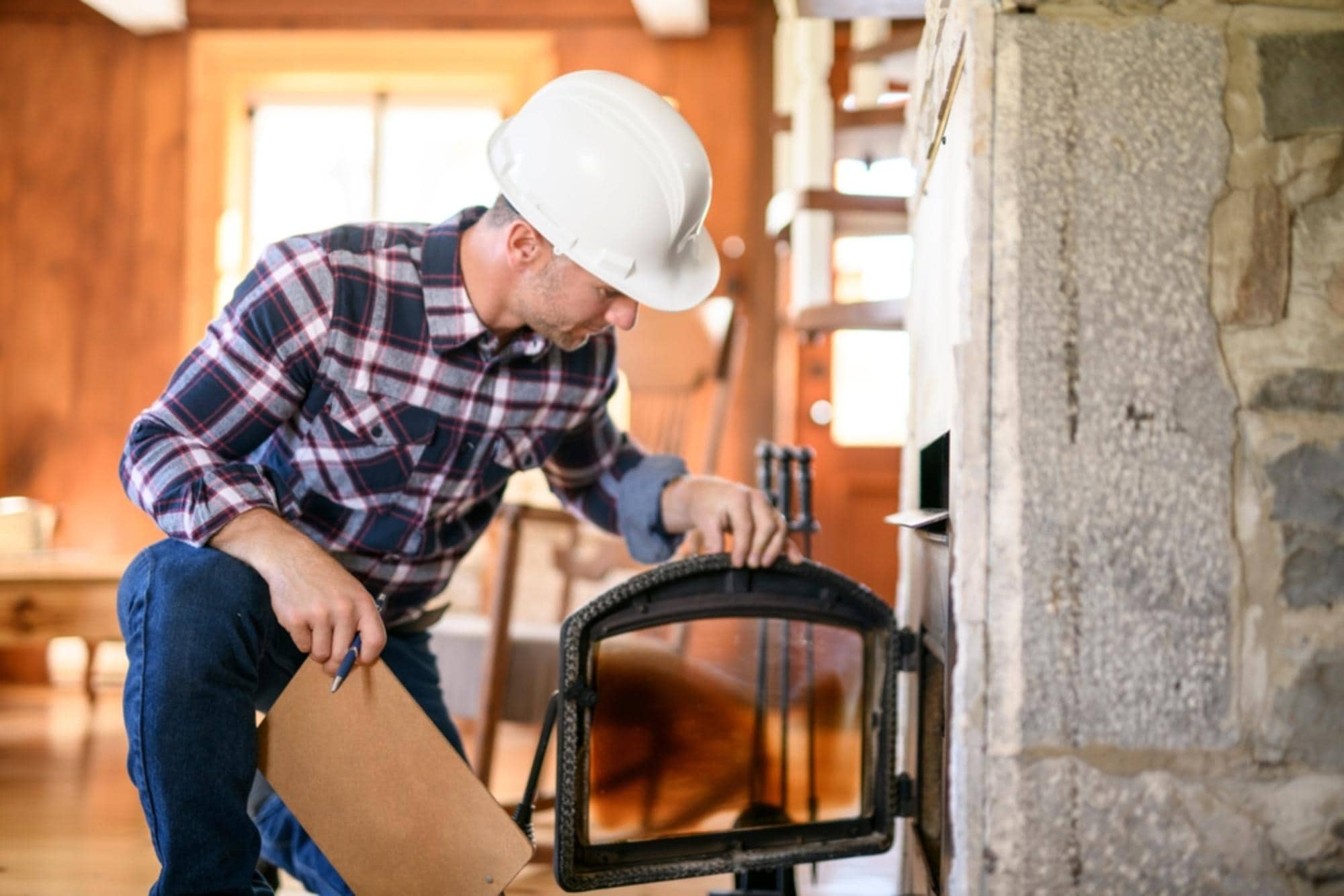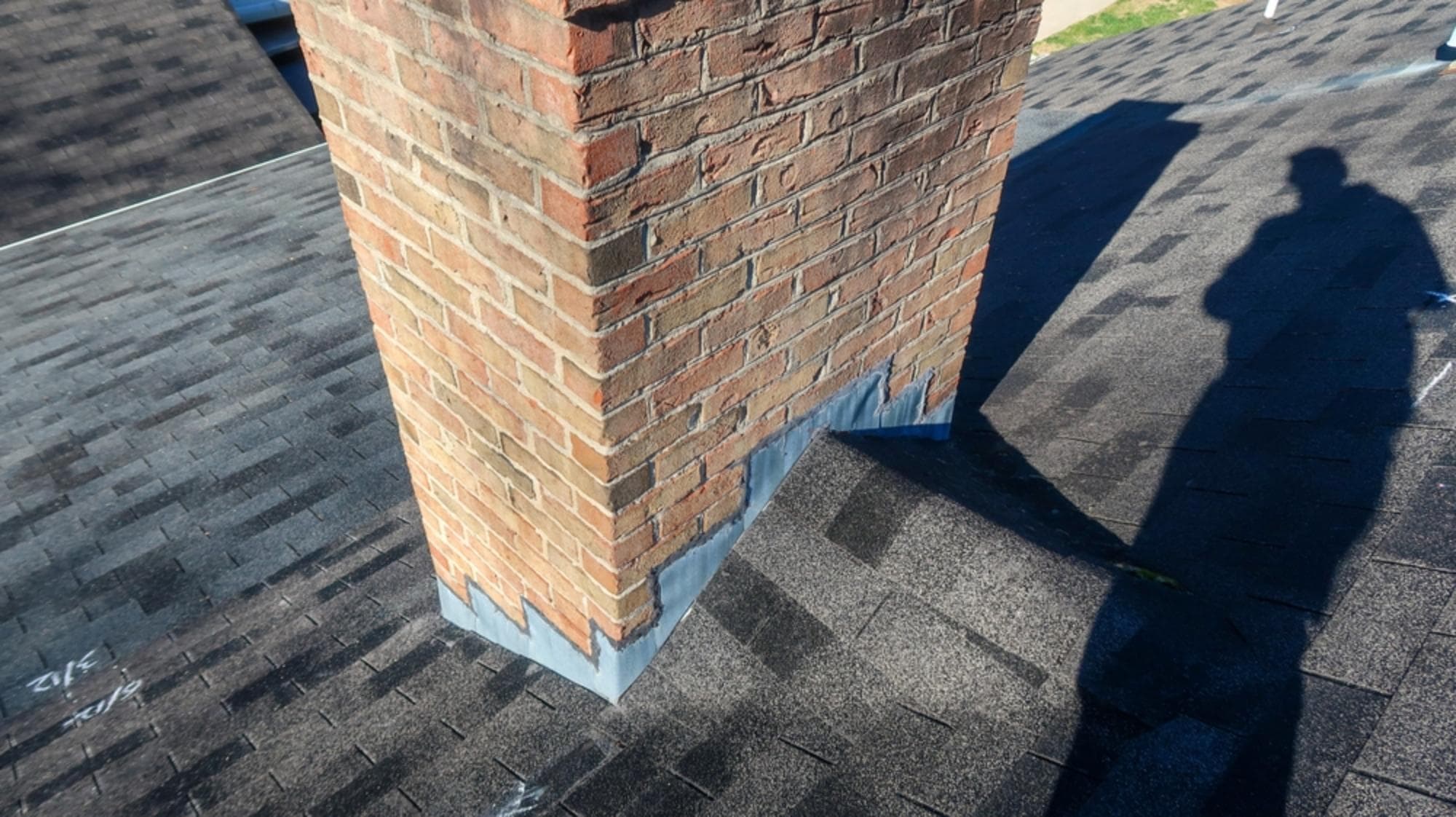Professional chimney inspections that catch dangerous problems before they catch fire.

Hear from Our Customers

You light that first fire of the season without wondering if something’s wrong. No more worrying about strange smells or whether that crack you noticed last year got worse.
A thorough chimney inspection gives you exactly what you’re looking for: certainty. You’ll know if your chimney liner is intact, if your cap is doing its job, and if there are any safety issues that need attention before they become expensive emergencies.
Most importantly, you’ll have documentation that your heating system is operating safely. That’s peace of mind you can’t put a price on, especially when your family’s wellbeing depends on it.
We’ve been serving Providence County homeowners for years, and we understand the unique challenges that come with older New England homes. Many houses in Elmhurst were built decades ago, often with chimney systems that weren’t designed for today’s heating demands.
We’ve seen it all: original masonry that’s weathered countless freeze-thaw cycles, liners that were never properly installed, and caps that gave up years ago. Our experience with local construction means we know exactly what to look for in your specific type of home.
When we inspect your chimney, you’re getting technicians who understand both the craftsmanship of older systems and the safety standards of today.

We start with the exterior, examining your chimney cap, crown, and flashing for damage or wear. These components protect your chimney from water damage, which is the leading cause of expensive repairs in our climate.
Next, we inspect the chimney liner from top to bottom using specialized equipment. This is where most safety issues hide – cracks or deterioration in the liner can allow dangerous gases to enter your home or create fire hazards.
Finally, we check your fireplace and damper system, ensuring everything operates properly and safely. You’ll receive a detailed report with photographs showing exactly what we found, along with our recommendations prioritized by safety and cost.

Ready to get started?
Your inspection covers every component that affects safety and performance: chimney cap, crown, flashing, liner, damper, and fireplace. We use professional-grade cameras to document the interior condition and provide you with clear photographs of any issues we discover.
Rhode Island’s harsh winters are particularly tough on chimney systems. Freeze-thaw cycles can crack masonry, and ice dams can damage flashing. Our inspections are specifically designed to catch these regional problems before they become major headaches.
You’ll receive a comprehensive written report within 24 hours, complete with prioritized recommendations and cost estimates for any needed repairs. This documentation is valuable for insurance purposes and helps you plan maintenance around your budget.
